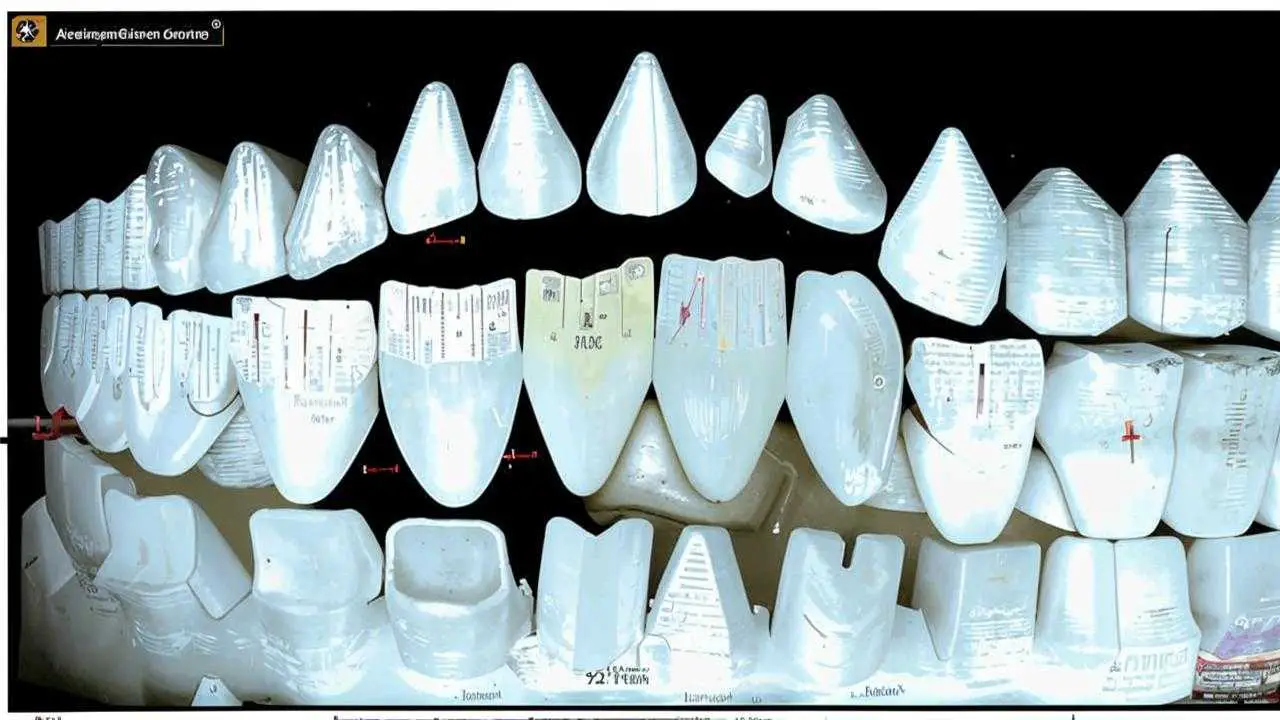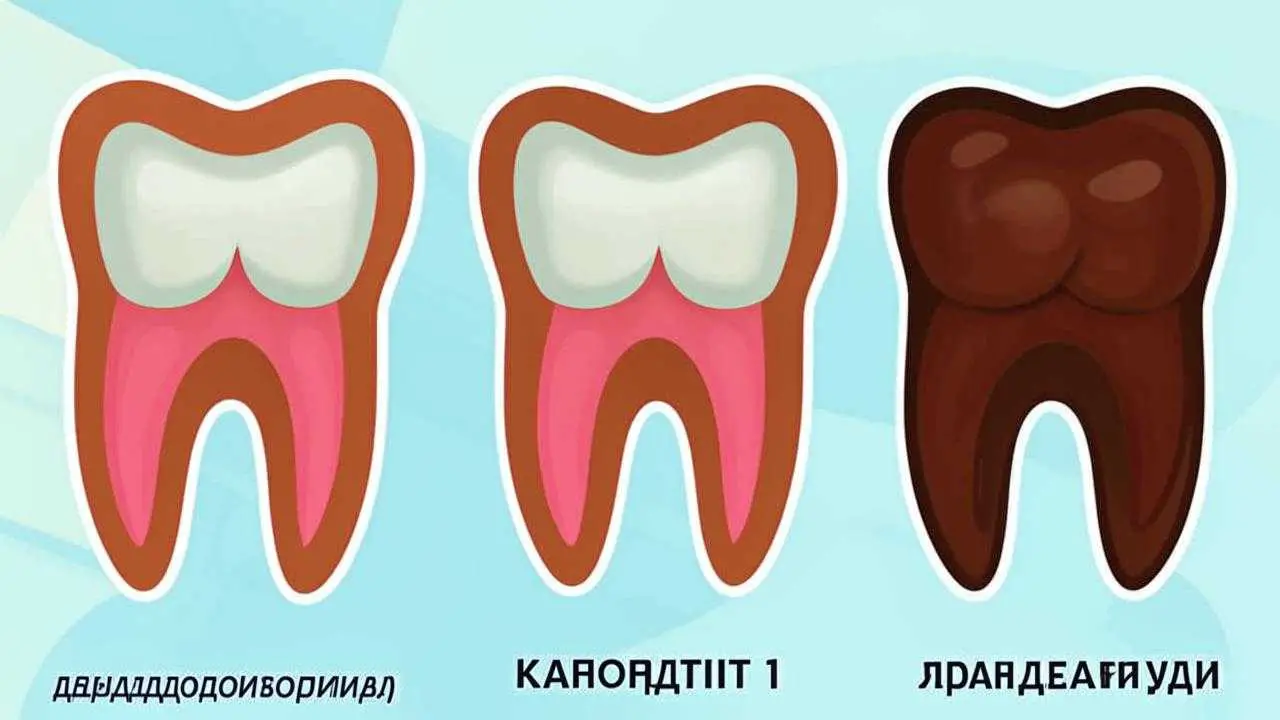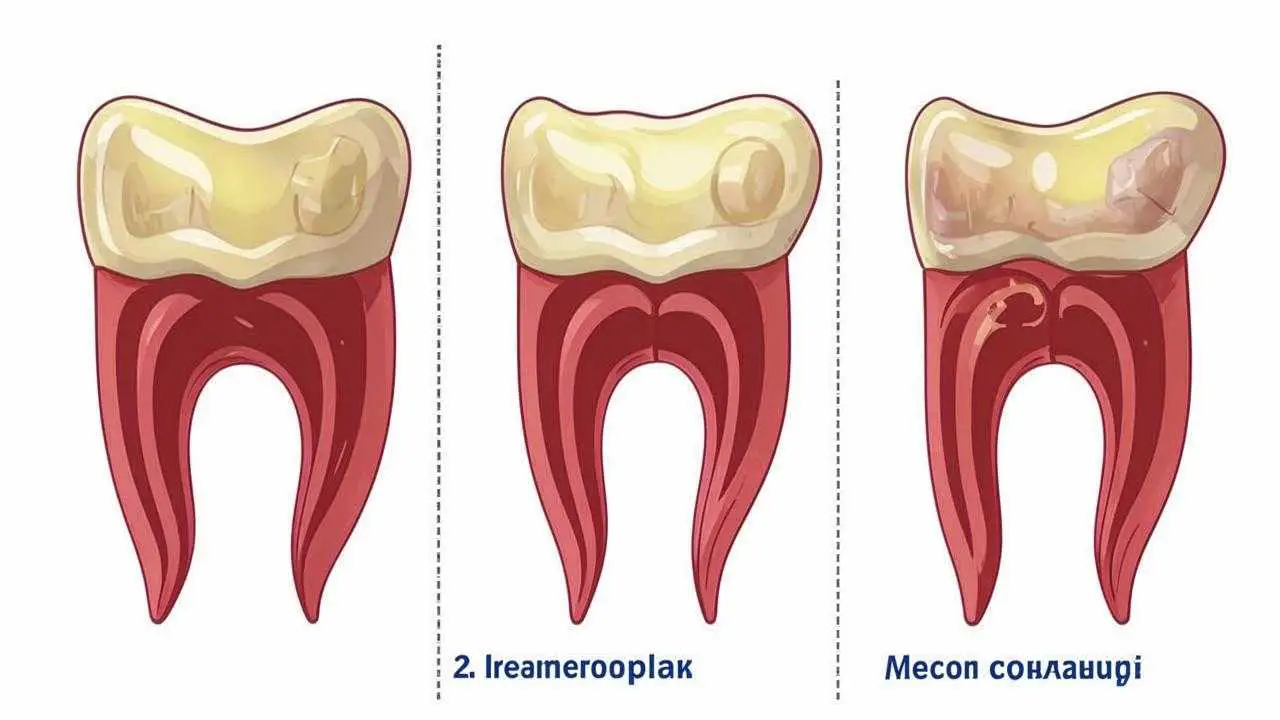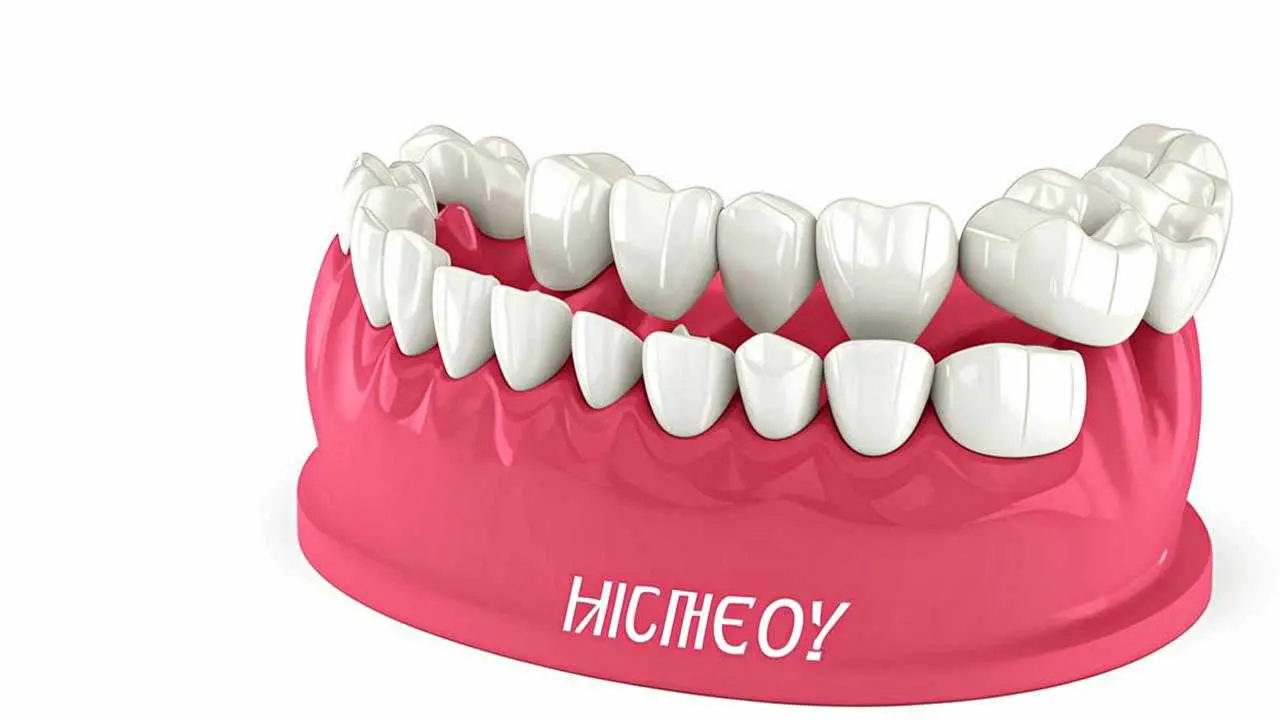Reading time ~ 4 min Number of readings: 19642
Restoration of dentition solves not only functional problems, replacing lost teeth with artificial ones. Prosthodontists attach equal importance to the aesthetic component of prosthetics. Functionality and aesthetics are combined by the use of artificial gum.
Most often such a design is used in the manufacture of removable prostheses. Crowns are fixed in the base, creating a complete imitation of the gum and teeth in it. The material for such products are polymers: acrylic, nylon, AcryFree. The latter two are hypoallergenic, but acrylic can cause an allergic reaction. The teeth on the artificial gum transfer part of the load to the base, but this distribution is uneven. Adequate distribution is possible only with prosthetics on implants.
Artificial gum on implants
Gum problems can be expressed in different ways during implantation:
1. In the absence of teeth for a long time, there is a loss (atrophy) of bone tissue.
- The gingiva “sags” and becomes lower than where the tooth root is preserved. The gingival margin is uneven and has a sloppy appearance.
- Atrophy leads to the fact that the gum at the place of the lost tooth “falls down”, violating the uniformity of the contour.
The photo shows bone atrophy in the absence of teeth
2. Periodontal diseases (gingivitis, paradontitis, paradontosis) adversely affect the condition of the oral mucosa. Gums also suffer, they become loose, often, unattractive in appearance, their contours are constantly changing, then swollen in one place, then in another.
3. Recession (recession) of the gums cause not only inflammatory processes or atrophy. Chronic trauma (brushing with a hard brush, for example), bite pathologies, prosthetic and orthodontic treatment errors can provoke recession.
Modern dentistry uses 2 approaches to solve this problem. The choice of method is made based on the specific clinical situation and individual characteristics of the patient.
Gingival plasty
This is a surgical intervention in which the doctor forms a beautiful gingival edge. Gingivoplasty improves the volume and contour of the gum. Like any surgery, gingivoplasty is accompanied by slight swelling and some pain. Immediately after the intervention, it is necessary to follow the doctor’s recommendations, limit some products, carry out procedures.
In implantation work with the gum after implant engraftment, but before the installation of the crown. In order to form a hole, first use a gum shaper, and 2 weeks later install a crown.
All together, and even the dreaded word “surgery”, often scares patients away. Sometimes, it is impossible to perform plastic surgery because of contraindications. Therefore, another method was proposed.
Method of artificial gum
With this method, the installation of a crown with an artificial gum, which imitates the real one in color and shape. The gingival margin is always clearly shaped, the height of the teeth is anatomically correct, and the smile is attractive. The gum margin and papillae (small triangles between the teeth) are modeled from a special material, so the look of the design is natural. Photos of patients clearly demonstrate the attractive aesthetics of this restoration.
Which method is better
There is no treatment that suits everyone, so which method to use is decided by the dentist based on the clinical picture and collected data. Tissue augmentation may not be possible due to a number of circumstances, or artificial gum may not be applied for various reasons. Larger clinics will consider both options because they have the facilities to apply either option. In smaller dentists, the dentist may lack the experience to do tissue grafting, or the technicians may not have the material to fabricate the artificial gum on the denture.
Indications for placing teeth on artificial gum
- Removable prosthetics
- Severe bone atrophy
- Gingival recession caused by:
- absence of teeth;
- inflammatory processes in the mucous membranes;
- poor-quality prosthetics;
- failed orthodontic treatment;
- traumas.
In artificial gum prosthetics, the interaction between the prosthodontist and the technician plays an important role. It is in the laboratory that they create the structures that will make the smile attractive. Such joint work is possible only if the clinic has its own laboratory.
In ICSDI ROOTT in Moscow, our own laboratory is equipped with modern equipment. To create an artificial gum, certified consumables are used. This affects not only the price, but also the quality. The guarantee is given not only for prostheses, but also for the work of the doctor.
We know how to make your smile perfect.



